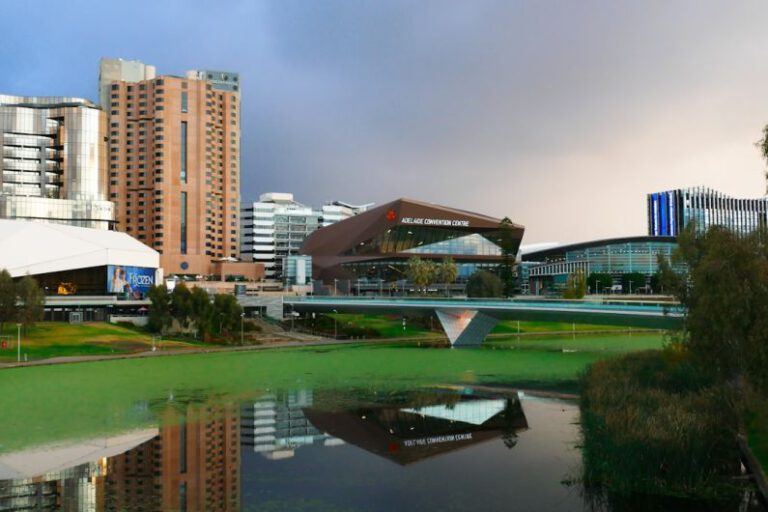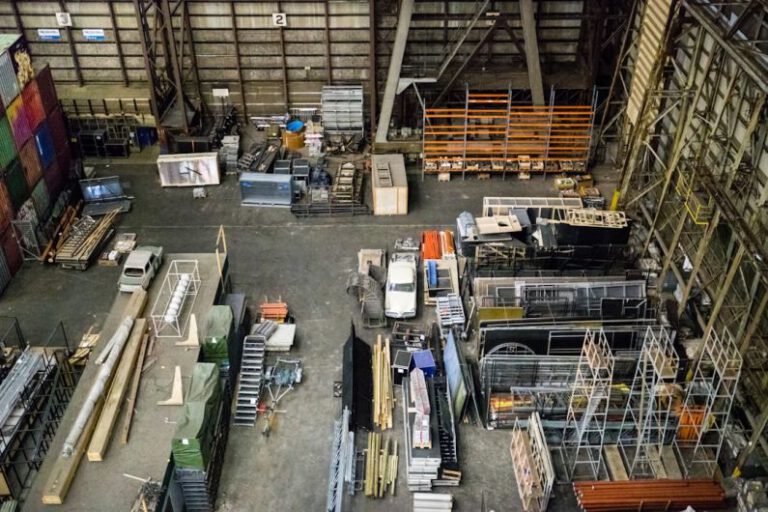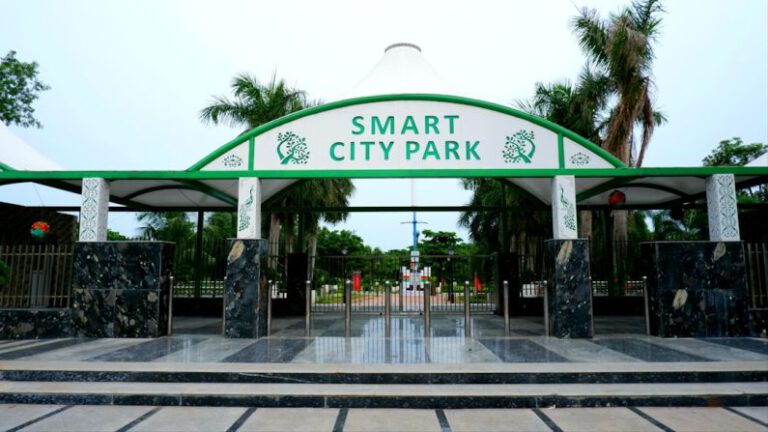Can Smart Lighting Reduce Energy Costs in Cities?
In the quest for more sustainable and efficient urban environments, cities around the world are increasingly turning to smart technologies to optimize energy usage. One such technology that is gaining momentum is smart lighting. By harnessing the power of sensors, data analytics, and automation, smart lighting systems have the potential to revolutionize how cities illuminate their streets and buildings, while also significantly reducing energy costs. Let’s delve into how smart lighting can be a game-changer in the realm of urban energy efficiency.
Enhanced Energy Efficiency through Adaptive Lighting
Traditional street lighting systems often operate on fixed schedules or manual adjustments, leading to unnecessary energy consumption during off-peak hours or when natural light is sufficient. Smart lighting, on the other hand, utilizes sensors to detect ambient light levels and adjust the intensity of illumination accordingly. By dimming or brightening lights based on real-time conditions, smart lighting systems can achieve substantial energy savings without compromising visibility or safety.
Moreover, smart lighting can be programmed to respond to specific triggers, such as motion sensors or traffic patterns. This adaptive capability not only enhances energy efficiency but also improves overall lighting quality and minimizes light pollution. By illuminating only areas that require lighting at any given moment, smart systems can significantly reduce energy wastage and operational costs.
Remote Monitoring and Maintenance for Cost Savings
Another key advantage of smart lighting systems is their remote monitoring and maintenance capabilities. By integrating IoT technologies, city officials can remotely monitor the performance of individual light fixtures, identify malfunctions or outages in real-time, and schedule maintenance proactively. This proactive approach not only reduces the likelihood of downtime but also streamlines repair processes, leading to cost savings and improved service reliability.
Furthermore, the data collected by smart lighting systems can provide valuable insights into usage patterns, energy consumption trends, and potential areas for optimization. By analyzing this data, city planners can make informed decisions to further enhance energy efficiency, reduce operational costs, and prolong the lifespan of lighting infrastructure.
Integration with Smart City Initiatives for Holistic Benefits
Smart lighting is just one piece of the larger puzzle in building smart and sustainable cities. By integrating lighting systems with other smart city initiatives, such as intelligent transportation systems, environmental monitoring, or waste management, cities can unlock synergies that amplify the benefits of individual technologies. For instance, smart lighting can be synchronized with traffic signals to improve traffic flow, reduce congestion, and enhance pedestrian safety, all while optimizing energy usage.
Moreover, the deployment of smart lighting can contribute to a more vibrant and connected urban environment. By creating dynamic lighting scenarios for public spaces, architectural landmarks, or cultural events, cities can enhance their aesthetic appeal, promote tourism, and foster a sense of community pride. These intangible benefits, coupled with tangible energy savings, make smart lighting a compelling investment for cities looking to enhance their sustainability profile.
In conclusion, smart lighting has the potential to revolutionize urban energy efficiency by optimizing energy usage, reducing costs, and enhancing overall quality of life. By leveraging adaptive lighting technologies, remote monitoring capabilities, and integration with broader smart city initiatives, cities can achieve significant environmental, economic, and social benefits. As cities continue to embrace the digital transformation, smart lighting stands out as a shining example of how innovation can illuminate a path towards a more sustainable future.






